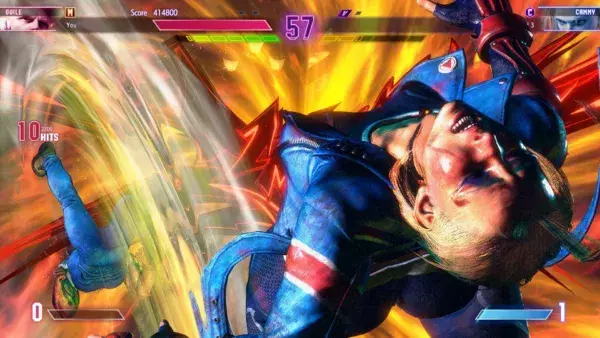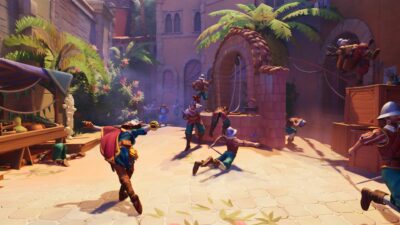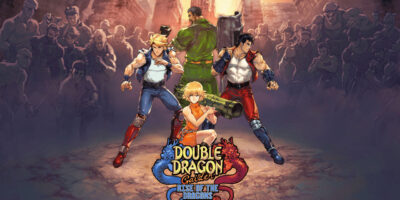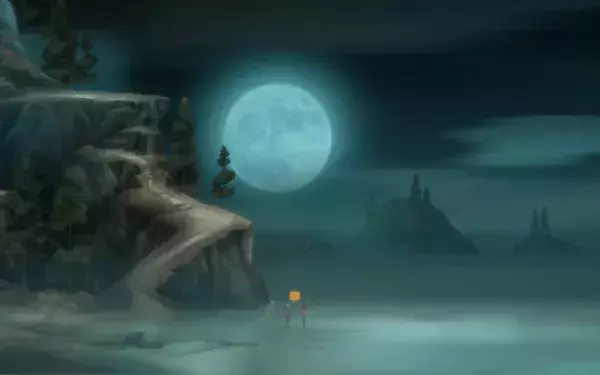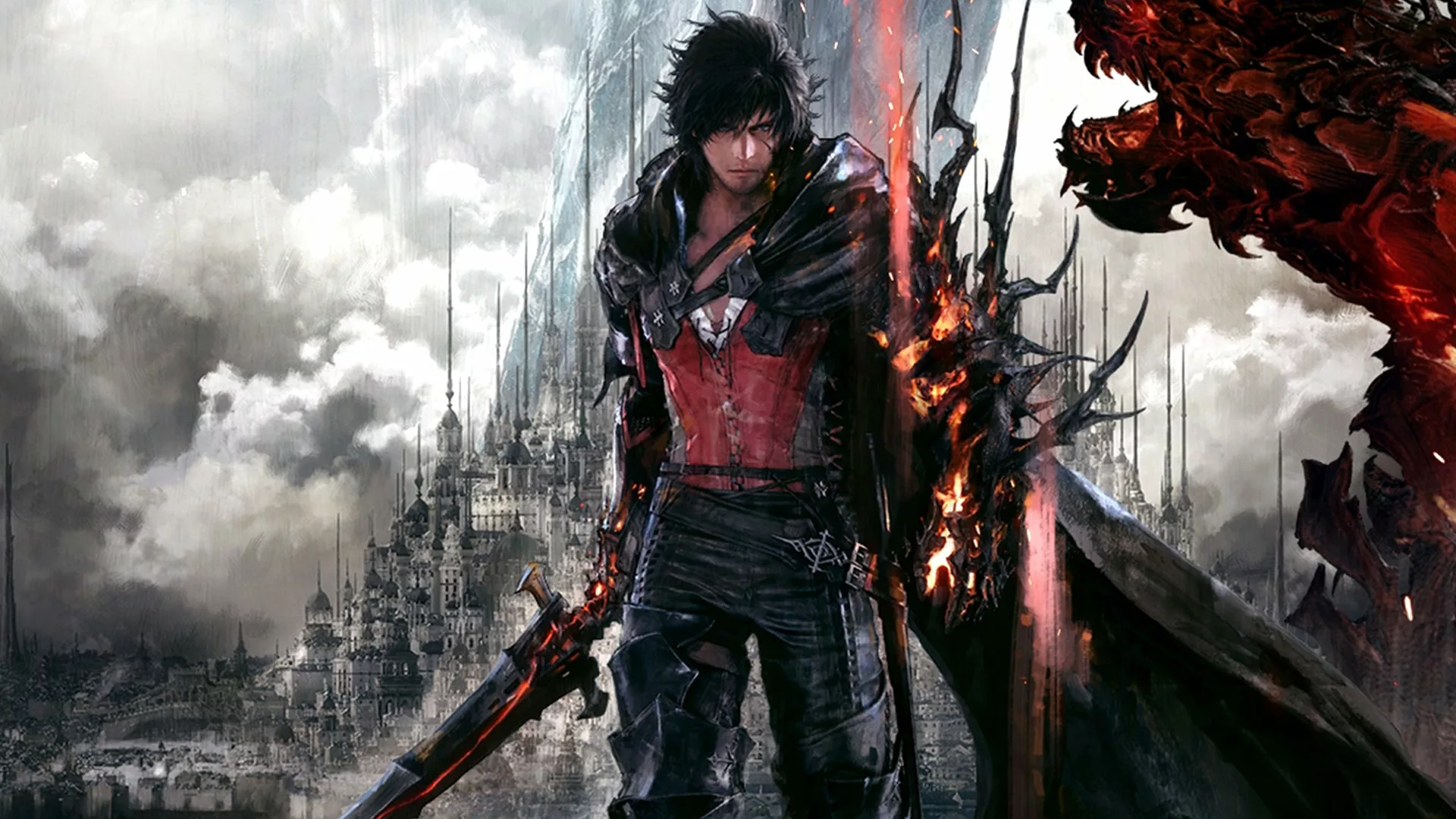
Does the Final Fantasy franchise’s future lie in fast-paced, real-time action? Here’s our review of Final Fantasy XVI.
You have to have empathy for the folks that work on Final Fantasy. Because while creating a sequel to a beloved hit is one thing, it takes a lot of guts to throw out everything developed for the last mainline numbered entry in favour of an experience with fresh mechanics and systems. Sure, some themes, enemy types and character names may carry over, but it’s basically an entirely new game each time.
Never before has this been truer than with Final Fantasy XVI, which, rather than lean into the open-world tropes that held Final Fantasy XV back further, opts for a more contained style of cinematic action and storytelling that is pleasingly linear. It pays off, for the most part, due to the strength of the characters and the attractive world of Valisthea it takes place in. Final Fantasy XVI might see a lot of the turn-based and JRPG-ness of the franchise left in the rear-view mirror, true, but in its place is one of the most confident entries that paves the way forward.
The latest game marks the first time since 2000 that the series has returned to a full medieval high fantasy setting. Multiple factions are at war, sword and sorcery are your primary combat methods, and monsters seemingly lurk around every corner. The difference this time, however, is that this is medieval Final Fantasy imbued with a grittiness and attitude you’d expect to see in Game of Thrones as opposed to the witches and wizards of old. Such a sharp change of tone helps bring a weight to all of protagonist Clive Rosfield’s actions, which during the story’s 30-hour(ish) runtime embeds enough twists and spectacle to keep you engrossed.
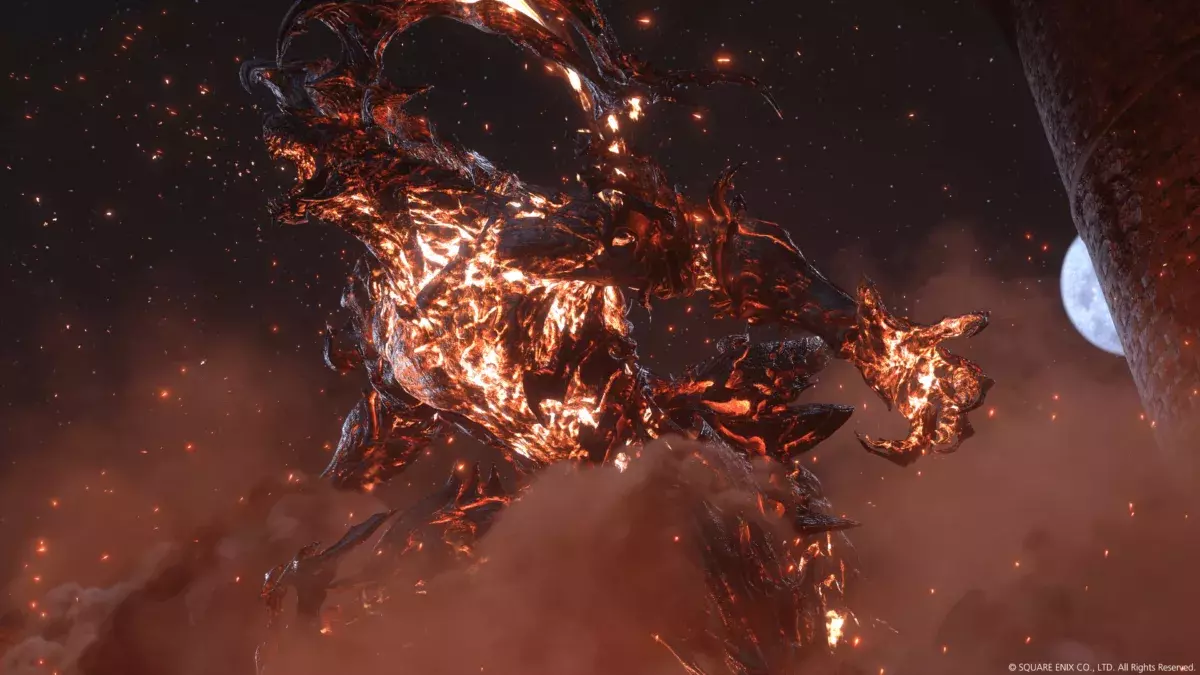
Final Fantasy XVI might not have traditional summons, but this is made up for by the large-scale Eikon fights that sees Clive wield the power of a fire god. Credit: Square Enix.
At first, Clive himself doesn’t appear to have much depth, being all too happy to mope around on one of those revenge quests while brushing off the assistance of those around him. Thankfully, though, a family tragedy early on (which anybody who’s played the demo will be aware of) gives him an interesting and understandable motivation, colouring his perspective on whether Valisthea is even a world worthy of saving. This is Final Fantasy meets Game of Thrones right down to the confusing structure of the hierarchy, complex family dynamics, and throwaway side characters. Luckily all this is fairly easy to tune out if you wish, but Square Enix has been kind enough to include an Active Time Lore system, working as an interactable history book of sorts that can be accessed at any time.
If anything, it doesn’t make sense that Final Fantasy XVI didn’t receive the same multimedia project treatment as its predecessor, because I would have loved learning more about, say, the relationship between Cid and Benedikta – two characters that clearly share a deep history but is far from the focus of Clive Rosfield’s ever-shifting personal journey. Speaking of which, it’s side companions like Joshua, Jill and Ralph Ineson’s Cid (who is definitely the breakout star) that make up for Clive’s early anguish. All help lend added texture to Valisthea that we are somewhat robbed of in the early jump between Clive’s teen years to full-blown mercenary for hire.
For all its epic scope and grandeur, the most contentious aspect of Final Fantasy XVI is undoubtedly its move away from tactical combat in favour of real-time brawls. Sure, we’ve already seen Square Enix dabble in this in its recent “remake” of Final Fantasy 7, but even there you’re able to pause the action, manage the skills and perks of different party members, and use different Materia types to influence spells. Final Fantasy XVI doesn’t really have anything quite so strategic, playing more along the lines of a character action game like Bayonetta or Devil May Cry.
Clive’s main method of dishing out damage comes in the form of light attacks with his sword, which would be in danger of feeling overly spongy were it not for the inclusion of ranged spells powered by your all-important Eikon abilities. Eikons are best described as god-like monsters, each representative of a different element, which live within certain people. Clive is known as a dominant of fire, and therefore starts out with a suite of flame-powered magic attacks like the Rising Flame uppercut and Scarlet Cyclone AOE special that helps shake up the action.
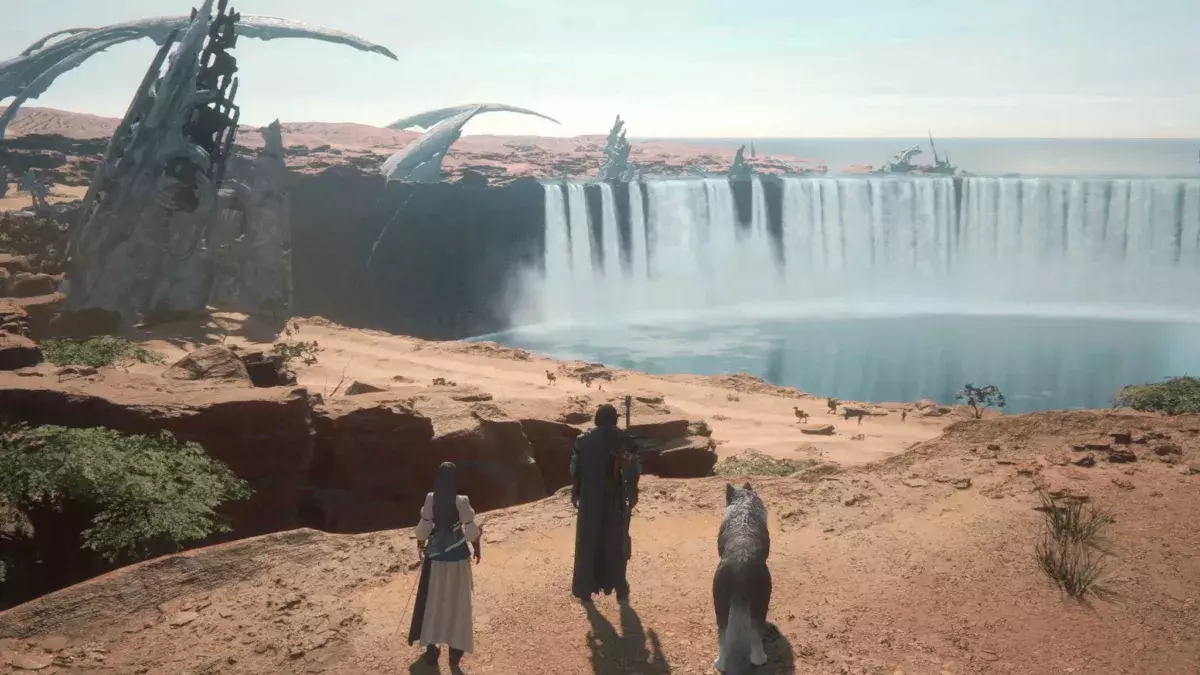
The world of Valisthea is undeniably beautiful in a way that takes advantage of being PS5 only. If only the side quests within it were more thoughtful. Credit: Capcom.
There’s a minimal degree of strategy in that you can only equip two abilities per Eikon at any one time, and each Eikon ability is tied to a cooldown. The more powerful the Eikon ability, the longer the cooldown (at least until you pour in the points to upgrade). Combined with light melee and ranged attacks, all these elements work together with dodges, parries, and lunges to give Final Fantasy XVI’s combat a fast pace and depth that lets you approach battle scenarios in different ways – depending on the enemy type you’re facing – crucially in a way that is understandable and readable.
Final Fantasy XVI’s combat shares a lot in common with Devil May Cry, but whereas in the latter there’s a risk of feeling punished due to the poor grades you can receive, here as Clive you’re taking down both small- and large-scale enemies in a way that always feels thrilling. It takes a little while before you unlock enough Eikons to truly appreciate the level of flexibility possible, but by roughly the 15-hour mark there are numerous different combat opportunities available to you.
Speaking of large-scale enemies, this is a Final Fantasy game that doesn’t disappoint in terms of spectacle and grand boss battles. I’d go so far as to say that Final Fantasy XVI, through its giant Eikon versus Eikon fights, had my jaw open numerous times purely as a result of the on-screen happenings. These epic-scope battles don’t offer the mechanical depth of Clive’s human skirmishes, but they always feel like true events that let you have some influence over the action. Yes, turn-based combat has been left behind, but I can’t say I missed it during these cinematic moments.
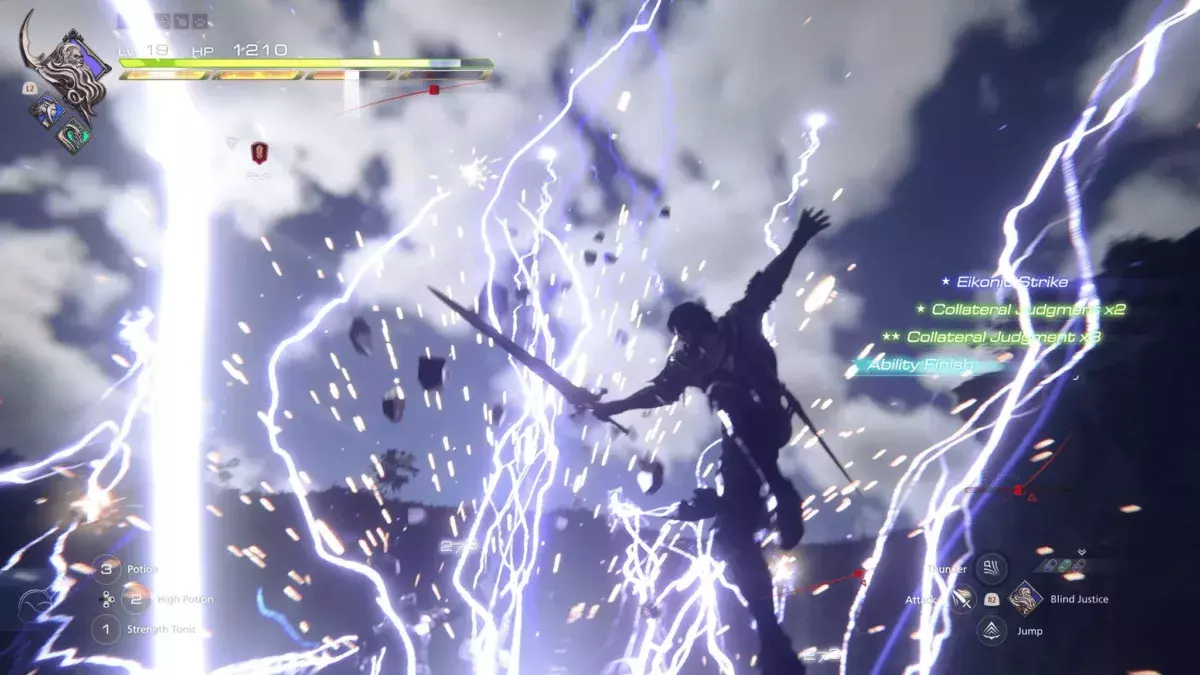
It might take multiple hours for you to unlock a minimum of three Eikons, but they’re worth the wait as all offer various different types of magic attack tied to an element. Credit: Square Enix.
If there’s one area where Final Fantasy XVI lets itself down a tad, it’s in the mundanity of most side quests. As already mentioned, this isn’t a true open-world game, but at several points in the story you’ll be dropped into hub-like areas where you do have some freedom to explore. The problem is most of the reasons to explore aren’t very exciting. Most side quests boil down to little more than “go here, get that”, and the reward for doing so is almost always basic crafting materials that you typically gain from beating enemies anyway. These locations look beautiful on PS5, so it’s a shame Square Enix didn’t find a better way to make you want to roam them more.
Still, if you can forgive its move away from traditional JRPG to cinematic action, Final Fantasy XVI is the most blockbuster-feeling and confident modern instalment in the long-running series yet. By unshackling itself from the vapid open world seen in Final Fantasy XV, the emphasis is purely on the action, world, and characters. Rather than getting bogged down in numbers and systems, Final Fantasy XVI wows you with spectacle without forgetting to keep the stakes grounded. I hope this isn’t the last we see of Clive and the crew. If it is, however, Square Enix has hit a good blueprint to follow going forward.
Highlight:
Eikon fights are where the cinematic spectacle shines most, with Clive transforming into the fire god within him to take on foes made up of other elements. The combat suite isn’t as extensive in these moments as it is when Clive is a human, but your attacks carry a lot more weight.
Verdict: 81%
Square Enix’s sequel doesn’t resemble entries mechanically, but it still carries that same Final Fantasy spirit within. Final Fantasy XVI provides everything we could want from a modern entry.
Read more: Final Fantasy XVI starter guide: 10 key tips for beginners
Final Fantasy XVI combat guide


